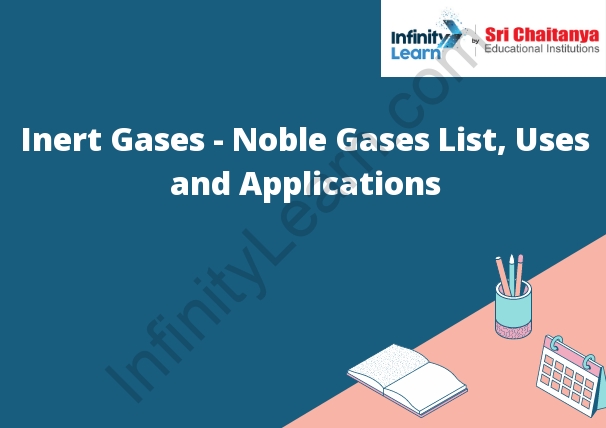Table of Contents
What are Inert Gases?
Inert gases are gases that do not react with other elements. They found in the Earth’s atmosphere and include helium, neon, argon, krypton, and xenon. The noble gases are a group of chemically inert (unreactive) elements located in the right column of the periodic table. The noble gases a special set of elements located in the rightmost column of the periodic table. They’re called noble gases because they’re extremely stable

Inert gases are a group of chemical elements that are chemically unreactive and have little to no impact on the environment. These elements, also known as noble gases, consist of helium, neon, argon, krypton, xenon, and radon. Together, these six gases are non-toxic and stable, making them ideal for many industrial and medical applications.
Inert gases are the most abundant gases in the atmosphere. Helium and neon, for example, make up about 0.93% and 0.0018% of the earth’s atmosphere, respectively. They are odorless, colorless, and tasteless. They are also extremely inert and can remain inert even at very high temperatures. This makes them useful for industrial applications, such as welding and as protective atmospheres for metals and other materials that are sensitive to air.
Inert gases are also used in medical applications, such as anesthesia and MRI scans. Nitrous oxide, a combination of nitrogen and oxygen, is commonly used as an anesthetic. Argon, krypton, and xenon are also used in MRI scans to create images of the body’s internal organs. Radon is used in radiation therapy to treat cancer.
Inert gases are also used in lasers and lighting applications. Helium-neon lasers are used in laser pointers and laser visual displays. Xenon is used in headlights and flashlights to create a bright white light.
Inert gases are also used to fill balloons and blimps. Helium is the most common gas used for this purpose, as it is the lightest and least dense of all the inert gases.
In conclusion, inert gases are extremely useful and valuable components in the modern world. They are non-toxic and stable, making them ideal for industrial, medical, and lighting applications. They are also very abundant in the atmosphere and can remain inert even at very high temperatures.
Noble Gases List
The Noble Gases are a group of inert gases that make up the sixth column of the periodic table. They are all odorless, colorless, and non-toxic. The Noble Gases are helium (He), neon (Ne), argon (Ar), krypton (Kr), xenon (Xe), and also radon (Rn).
Characteristic of Noble gas
The noble gases are very unreactive elements. They have very little tendency to form chemical compounds with other elements. They are monatomic gases, meaning that they exist as single atoms, not as molecules. The noble gases have very low boiling points and melting points, indicating that they are gases at room temperature. They are also very low in density, meaning that they take up a lot of space.
Applications of Inert Gases
Inert gases used in a number of different industries and applications. Some common applications of inert gases include:
- Welding: Inert gases often used in welding to help prevent the formation of oxides on the welding surface. This helps to produce a cleaner weld and also minimize the amount of contamination.
- Semiconductor Manufacturing: Inert gases often used in semiconductor manufacturing to help prevent the formation of unwanted compounds on the semiconductor surface. Therefore this helps to produce a higher quality product.
- Food Preservation: Inert gases often used in food preservation to help extend the shelf life of food products. Inert gases help to remove oxygen from the food product, which helps to prevent spoilage.



